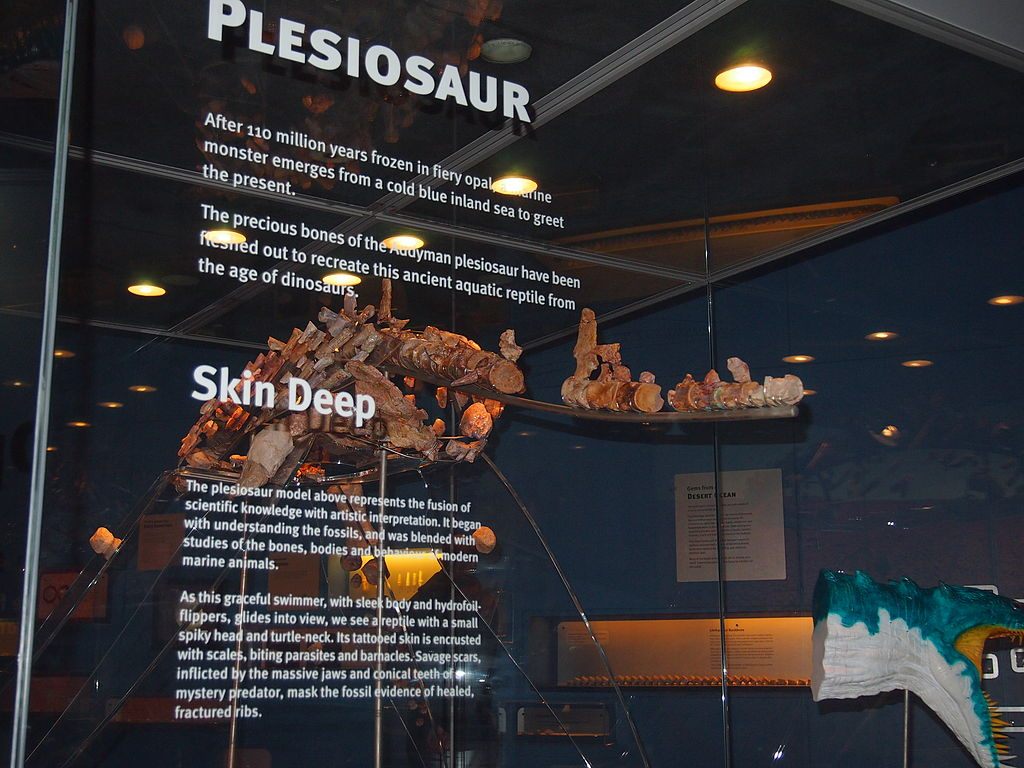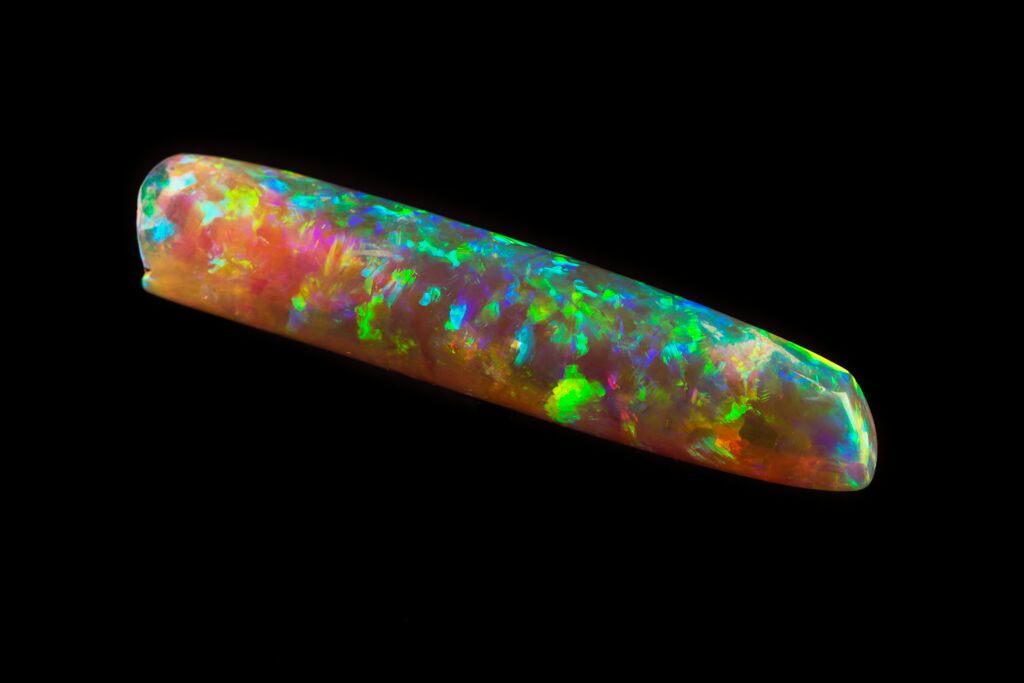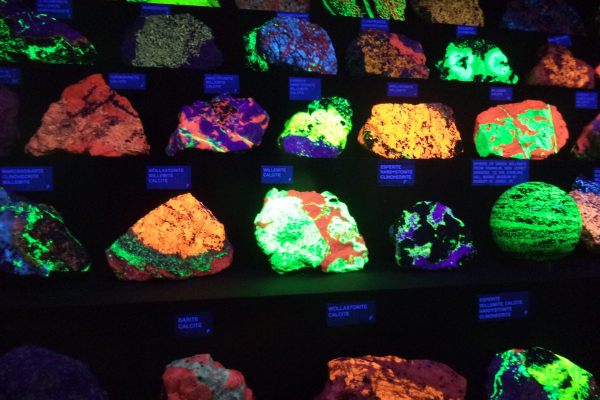The Virgin Rainbow, The World’s Finest Opal, Is About To Go On Display
 (Photo: Courtesy of the South Australia Museum)
(Photo: Courtesy of the South Australia Museum)
Put together a team of your best bag men and cat burglars, because the world’s finest opal, the “Virgin Rainbow,” is about to go on display at the South Australian Museum.
But just what makes the Virgin Rainbow, currently valued at around $1 million, so sought after?
The beauty of precious opals like the Virgin Rainbow is a product of the unique way they are formed. Opals are unique among gemstones in that they are not technically minerals, but “mineraloids,” meaning they don’t generally occur in a uniform crystalline structure. The blobby gems are formed out of a mix of water and silica which form a gel, that eventually hardens into the dancing, multi-colored jewels most people are familiar with.
Since opals are created by gel oozing into hollow space in the rock, they also have the awesome ability to form organic gem fossils. Opal often forms in and around the space left by organic matter. As the once-living matter decays, sometimes the water and silicate gel will creep into the impression left behind, and harden into organically shaped opal stones. This is best exemplified by the Addyman Plesiosaur (which is also held in the South Australia Museum).
The remarkably complete (given that it has mostly turned to precious stone) skeleton, once belonged to a long-necked aquatic lizard (dinosaurs are only on land, nerds), and was discovered in an opal mine in 1968. it is considered to be one of the finest mineralized skeletons in the world, although it is not the only one (see Eric the Pliosaur).
 (Photo: Bahudhara/Wikipedia)
(Photo: Bahudhara/Wikipedia)
Thanks to its prehistoric history of inland seas that disappeared millennia ago, over 95 percent of the world’s opals come from Australia, and in fact, opals are the country’s national gemstone. The landscape of southern Australia has been compared to that of Mars, where opals have also been found (subsequently proving that the red planet was once much more moist).
The largest precious (and most valuable) opal in the world is known as the “Olympic Australis Opal,” named after the Olympic games that were taking place in Australia the year the gem was found (1956). This irregular, monster jewel is 11 inches long and over 4 inches thick, containing just 1 percent, not opal stone clinging to the stone. The Olympic Australis has been said to be worth over $250 million.
While the Olympic Australis may be the largest and most expensive for now, it is getting a run for its money in the Virgin Rainbow. The VR was discovered in 2003 by a pair of opal miners working their trade near the town of Coober Pedy, the “opal capital of the world.” Where the Olympic Australis is large and rocky, with a dull (if consistent) coloration, the Virgin Rainbow is a brightly blowing finger of stone that glistens with every color of the rainbow. The beautiful stone is only around two and a half inches long, but it essentially looks like a magic gem, shining reds, greens, blues, purples, and more depending on how it is viewed.
 (Photo: Courtesy of the South Australia Museum)
(Photo: Courtesy of the South Australia Museum)
Like the Addyman Plesiosaur, the Virgin Rainbow is also thought to have formed from the impression of an extinct creature. ln this case, the fossil cavity would have been created by a belemnite, a type of cephalopod that lived during the Mesozoic era, when southern Australia was a giant inland sea, teeming with prehistoric creatures.
The Virgin Rainbow will be on display at the South Australian Museum from September 25, 2015 through February 14, 2016, during their Opals exhibition, celebrating the centennial anniversary of gem mining in the region.































Follow us on Twitter to get the latest on the world's hidden wonders.
Like us on Facebook to get the latest on the world's hidden wonders.
Follow us on Twitter Like us on Facebook